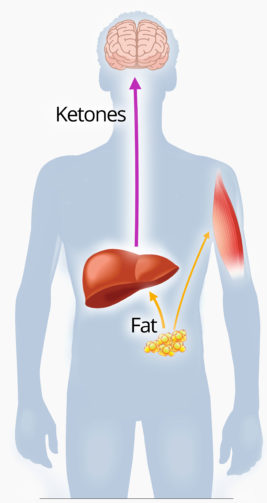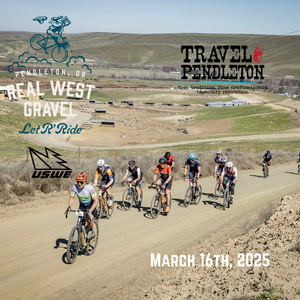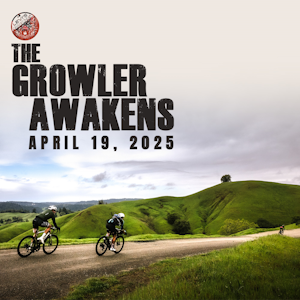Losing Weight in the Off Season, Part 1
Now’s the time to start planning for the 2019 Season
Winter is on its way and it’s an ideal time to prepare for next season with new training strategies and nutrition changes.
First up is how to lose weight using a different approach that might just work for you - it’s called the fat adaptive diet.
What is the fat adaptive diet?
A fat adaptive is often referred to as a low carb or ketogenic diet.
This turns the body into a fat-burning machine. It has many potential benefits for weight loss, health and performance.
A keto diet is designed to result in ketosis. It’s possible to measure and adapt to ketone levels for health, weight loss, or for physical and mental performance.
Ketogenic diets can vastly increase your physical endurance, by giving you constant access to all the energy of your fat stores.
Increased Physical Endurance
The body’s supply of stored carbohydrates (glycogen) only lasts for a couple of hours of intense exercise, or less. But your fat stores carry enough energy to easily last for weeks or even months.
When you’re adapted to burning primarily carbohydrates – like most cyclists are today – your fat stores are not easily available, and they can’t fuel your brain. This results in constantly having to fill up by eating before, during and after longer exercise sessions and avoid “the dreaded bonk”.
On a ketogenic diet this problem is solved. As the body and brain can easily be fuelled by your fat stores.
Whether you are competing in a physical endurance event, or just trying to stay focused on reaching some other goal, your body has the fuel it needs to keep you going.
Why Carbs are a Bad Idea
When you consume carbohydrates, your blood sugar rises. That’s when your pancreas produces insulin to deal with the excess sugar. The problems start to occur when this happens too often. Your body starts developing resistance to insulin, and your blood sugar levels stay high for longer than is healthy. And chronic high blood sugar is no joke. Quite a significant number of observational studies suggest that:
1. Risk of cancer increases with high blood sugar
2. Risk of cardiovascular events increases with high blood sugar
3. Chronic high blood sugar results in cognitive impairment and dementia
4. Risks of kidney disease and pancreatic dysfunction are increased with elevated blood sugar
The sensitivity to insulin is not determined only by our carb intake but also by stress and lack of sleep for example. Similarly, becoming a fat-burning athlete is not only about reducing the amount of carbs ingested, or about diet alone.
So how is it possible that most cyclists believe that carbs are necessary to perform exercise!?
What is Ketosis?
The “keto” in a ketogenic diet comes from the fact that it makes the body produce small fuel molecules called “ketones”. This is an alternative fuel for the body, used when blood sugar (glucose) is in short supply.
Ketones are produced if you eat very few carbs (that are quickly broken down into blood sugar) and only moderate amounts of protein (excess protein can also be converted to blood sugar).
Ketones are produced in the liver, from fat. They are then used as fuel throughout the body, including the brain. The brain is a hungry organ that consumes lots of energy every day, and it can’t run on fat directly. It can only run on glucose … or ketones.
On a ketogenic diet your entire body switches its fuel supply to run almost entirely on fat. Insulin levels become very low and fat burning increases dramatically. It becomes easy to access your fat stores to burn them off. This is obviously great if you’re trying to lose weight, but there are also other less obvious benefits, like for example less hunger and a steady supply of energy.
When the body produces ketones it’s said to be in ketosis. The fastest way to get there is by fasting – not eating anything – but obviously it’s not possible to fast forever.
A ketogenic diet, on the other hand, can be eaten indefinitely and results in ketosis without having to fast.
If you have diabetes, high blood pressure or you’re breast feeding, then this probably isn’t for you. Also if you’re are racing than again this wouldn’t be an ideal diet. It’s more aligned to those who want to try a different approach to losing weight in the off season. Now’s a good time to consider this.
What Foods would you Eat?
Here are some typical foods to enjoy on a ketogenic diet. The numbers are net carbs per 100 grams.

The most obvious is to avoid eating most carbohydrates. You’ll probably need to keep carb intake to under 50 grams per day of net carbs, ideally below 20 grams. The fewer carbs the more effective.
This means you’ll need to completely avoid sweet sugary foods, plus starchy foods like bread, pasta, rice and potatoes.
Remember a low carb diet is supposed to be high in fat, not high in protein.
Losing Weight
As a cyclist, the benefits of losing weight long term are obvious. Your power to weight ratio will increase, so you should find that you’ll climb faster.
Most U.S. Gran Fondo’s have timed sections and KOM and QOM competitions
Turning your body into a fat-burning machine has obvious benefits for weight loss. Fat burning is vastly increased while insulin – the fat storing hormone – levels drop greatly. This creates ideal circumstances in which fat loss can occur, without hunger.
There are lifestyle changes and training modifications you need to make to be successful.
To unlock the power of ketogenic diets for physical endurance, and not instead suffer reduced performance, you need:
 Enough fluid and salt
Enough fluid and salt
 Two weeks of adaptation to burning fat – it does not happen instantly
Two weeks of adaptation to burning fat – it does not happen instantly
Are you willing to make a change?
If you could improve your endurance and significantly raise your chances of avoiding modern diseases, would you do it, even if it meant a temporary dip in performance and a significant lifestyle change?
Remember it takes two weeks to adapt and there a few minor side effects in those 2 weeks. It takes commitment, determination some lifestyle changes and won’t suit everyone with today’s hectic demands.
If your answer is maybe, then read Gran Fondo Goals: Lose Weight in the Off Season Part 2 were we will explain how to make changes to your lifestyle, start the diet, reach ketosis and measure your progress.
Losing Weight in the Off Season Series
Part 1 - Lose Weight in the Off Season
Part 2 - Two weeks adapting to a “low-carb” diet
Part 3 - Xmas and trying the "Super Juice Me" diet
Part 4 - Guide to Weight Loss during Base Training












